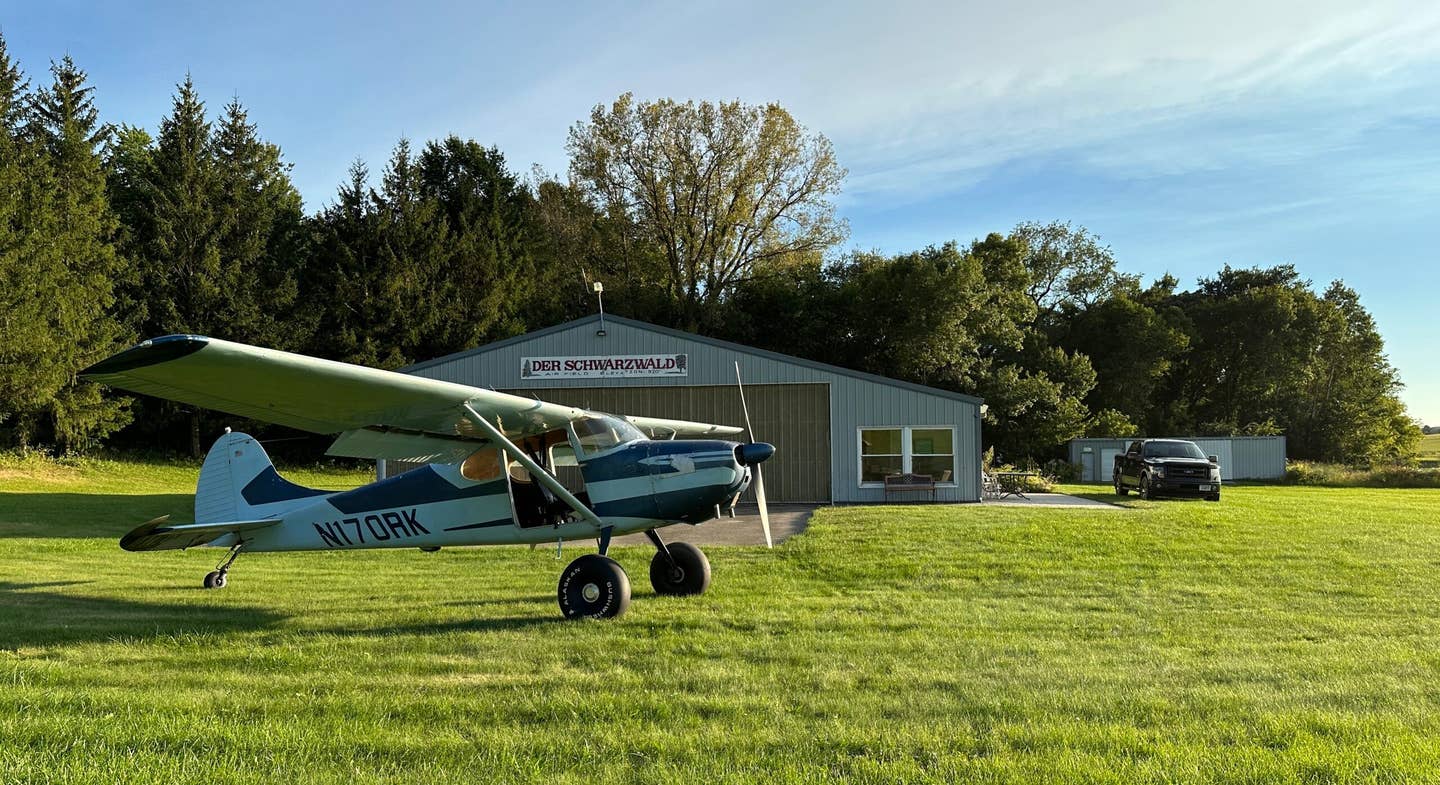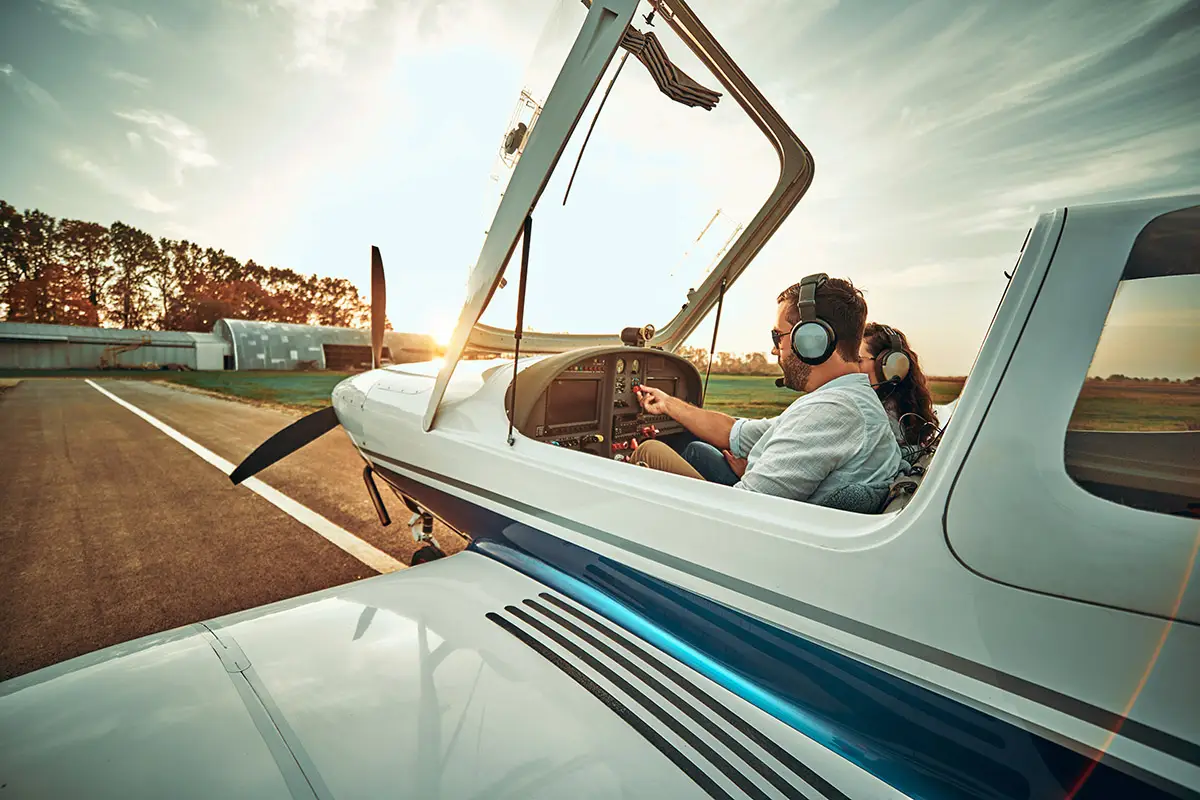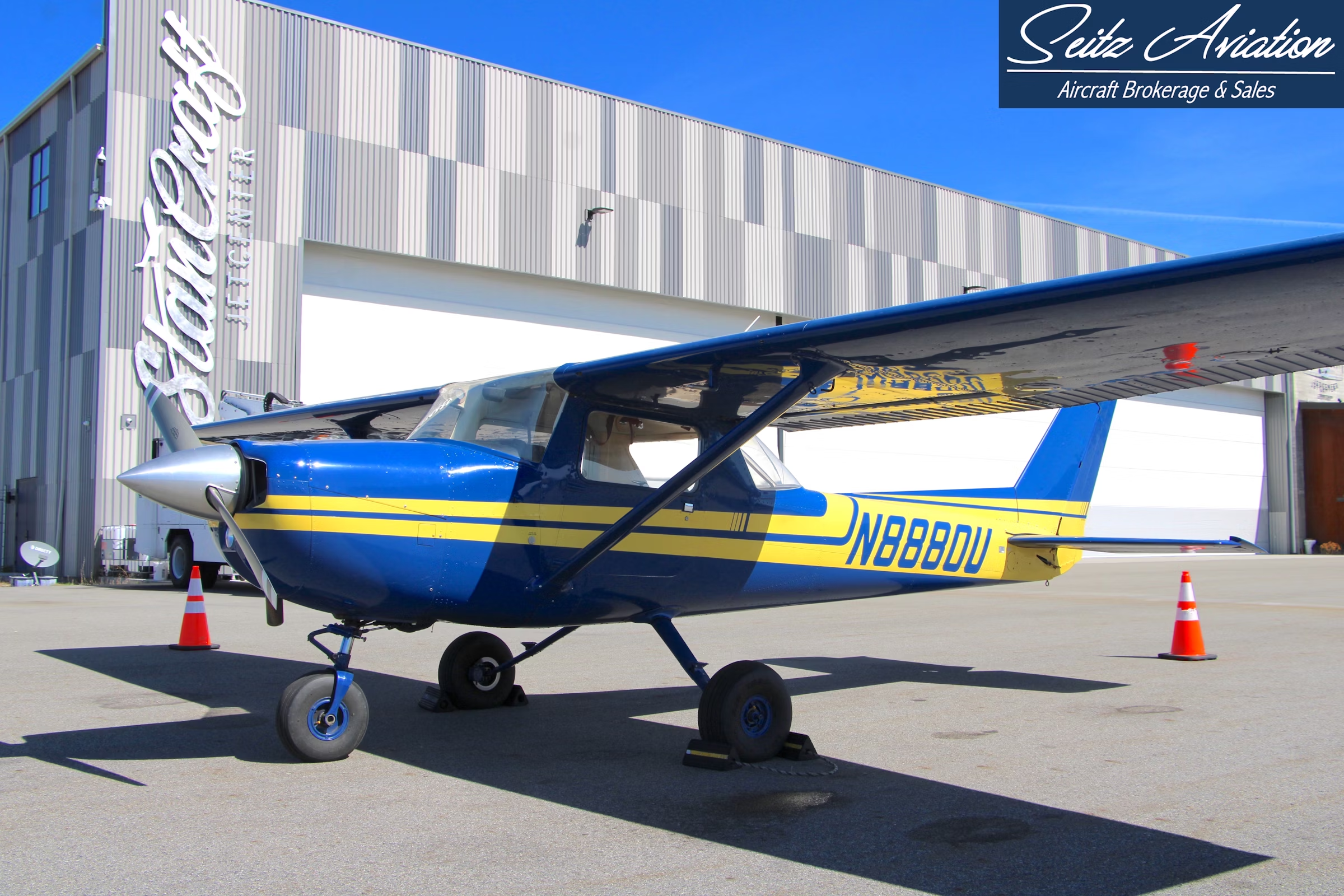10 Minor and Underappreciated Benefits of Tailwheel Aircraft
They might not apply to all but certainly will be legitimate to some.

Big tires and ample prop clearance make exploring unfamiliar unpaved strips stress-free. [Courtesy: Jason McDowell]
I’ve got an old friend named Chuck. He flew a variety of aircraft, fixed wing and rotary, for the U.S. Army in Vietnam before going on to fly a flock of airliners ranging from the DC-9 to the BAe 146 to the A330. Whenever possible, I like to stoke the coals of his flying memories with an open-ended question or two.
The resulting yarns that he weaves invariably serve as colorful glimpses back in time, with interesting observations and enlightening insight. Recently, I asked him to name one of his favorite types from his logbook. He chose the Cessna O-1 Bird Dog, and his reply was as enjoyable as ever.
- READ MORE: 3 Undervalued Aircraft Types of Spring 2025
Neither the fastest nor the highest-performance type in his logbook, the Bird Dog nevertheless provided a thoroughly rewarding flying experience.
“If you master it, it will reward you and make you feel like a real aviator,” Chuck said. “The performance, the maneuvers you can wring out of it flow from the intelligence of your hands and feet.”
His reflections sum up much of what we tailwheel pilots feel about the airplanes we fly. More demanding and less forgiving, they make us earn every decent takeoff and landing—but in doing so, they reward us with a true sense of satisfaction and accomplishment.
There are parallels. A well-engineered motorcycle rewards the rider who uses body English to finesse the machine through a sweeping curve and smoothly brush the apex. But a modern sports sedan isolates you from the experience, its advanced stability control dutifully making thousands of adjustments along the way to enable the driver to hit the apex while simultaneously texting their friends and eating a sandwich.
Aside from the intrinsic, tactile satisfaction offered by a tailwheel aircraft, though, why would a prospective owner choose one? Most are older types with correspondingly higher maintenance needs. They’re substantially more expensive to insure. Additionally, fierce crosswinds tend to be far more limiting than with tricycle-gear aircraft.
Reflecting on my own ownership experience, I’ve compiled a list of 10 tailwheel benefits that are so minor and inconsequential as to be borderline laughable. They are, nevertheless, benefits—perhaps not applying to all but certainly legitimate to some.
1. No Fragile Nosewheel
During my initial flight training at a great flying club in Ann Arbor, Michigan, it was drilled into my head that nosewheels are fragile, delicate things that must be treated as though they were made of glass. And, to a certain extent, that’s true. Nosewheels are attached to the firewall, and a pilot-induced oscillation allowed to get out of hand will often result in damage to both the engine and airframe.
- READ MORE: Discovering My Own Hidden Aviation Network
Similarly, with the entire weight of the engine directly overhead, prolonged, ongoing operation over rough surfaces can place undue wear on the nosewheel and firewall. Accordingly, we were taught to taxi slowly and carefully with full up elevator whenever possible.
Conversely, life is pretty easy for a tailwheel. Consisting of a beefy leaf spring that, at rest, might only suspend 60-100 pounds, far less stress is placed on the structure. Even during “spirited” landings, the mechanism is generally placed far enough away from the center of mass to avoid damage.
2. Easier Ground Positioning
If you have to move an airplane around on the ground, it doesn’t get much easier than with a taildragger. One needs only to push the tail left or right to pivot the airplane to a new heading, whereas most tricycle-gear types require towbars. Turning the airplane around requires about 10 seconds as opposed to a large, sweeping, multipoint turn. Retractable tail pull handles make the process even easier.
In a pinch, you can grab a tie-down rope, wrap it around the tailwheel itself, and pull the airplane back into a hangar with little to no steering required. Or, for larger aircraft, use a winch to pull it in—something you certainly don’t want to do using a tail tie-down on a tricycle-gear airplane.
3. Lighter
A Scott 3200 tailwheel assembly weighs about 7-8 pounds. I don’t have specific weights of nose gear assemblies in front of me, but offhand, an entire oleo strut, wheel fork, shimmy damper, and associated hardware clearly weigh substantially more than that. Another point for the taildragger.
4. More Aerodynamically Efficient
Again, I lack actual calculated data here, but we don’t need a wind tunnel to see how a small tailwheel trailing behind the tailcone creates less drag than a nose gear hanging out into the relative wind at the front of the airframe. The difference in speed or fuel burn might be minuscule, but it’s there.
5. Less Expensive to Maintain
Compared to a typical oleo nose strut, a tailwheel is less expensive to maintain on two fronts. First, with no air chamber to top off and no O-rings to change, it requires less attention in general. Additionally, when it does require part replacement, it probably won’t bankrupt you. As I recall, I spent about $300 to proactively replace my airplane’s original tailwheel leaf springs, which I expect should last another 72 years.
6. Big Tires Are Easy Upgrade
When it comes to installing larger tires, owners of tricycle gear aircraft like Cessna 172s and 182s are generally limited by the nosewheel fork. For about $3,400, you can purchase a wide nose fork that will accept an 8:50-by-6 tire. Realistically, this will enable you to go most places, but with a taildragger, there is no such limitation. Simply choose whatever size tundra tires you like and go exploring.
7. Better Propeller Clearance
With some exceptions, the nose-high stance of most taildraggers inherently places the propeller farther away from hazards on the ground. Whether we’re talking about a large rock, a piece of trash blowing across the ramp, the transition between turf and pavement, or an unseen gopher hole that might swallow the nosewheel, such hazards abound. When the consequences involve a prop replacement and a full engine teardown, more clearance is always good.
8. Built-In Tailstrike Protection
While truly violent tailwheel-first landings could present a bit of a concern, it’s safe to say that when compared to tricycle gear aircraft, tailstrikes are a nonevent in taildraggers. There are no tie-down rings to replace, and there’s generally no need for post-flight inspections.
9. Low Hangar Clearance Less of a Concern
Every so often, you’ll encounter the odd airport hangar with unusually low overhead clearance. I see this from time to time at private airstrips, where the owner parks their airplane in a barn with standard 8-foot sliding doors. And even in proper hangars, it seems the tips of vertical stabilizers still somehow become damaged over time.
Out of curiosity, I compared some tricycle-gear aircraft with their direct taildragger counterparts. Looking specifically at the 172 versus 170 and 182 versus 180, I found that the tricycle-gear models require a minimum of two additional feet in height to accommodate their taller tails. Taildragger pilots must use caution to avoid striking a vertically positioned propeller on low overhangs, but overall, the taildraggers can fit into smaller hangars.
10. Cool Parking
There’s no denying it. Few maneuvers make you feel cooler than locking a single brake and deftly pivoting the tail into a parking spot. Sure, you might spend most days sitting in a cubicle and listening to yacht rock, but in that moment, you channel the spirit of a steely-eyed P-51 pilot returning from a successful mission.

Sign-up for newsletters & special offers!
Get the latest FLYING stories & special offers delivered directly to your inbox






